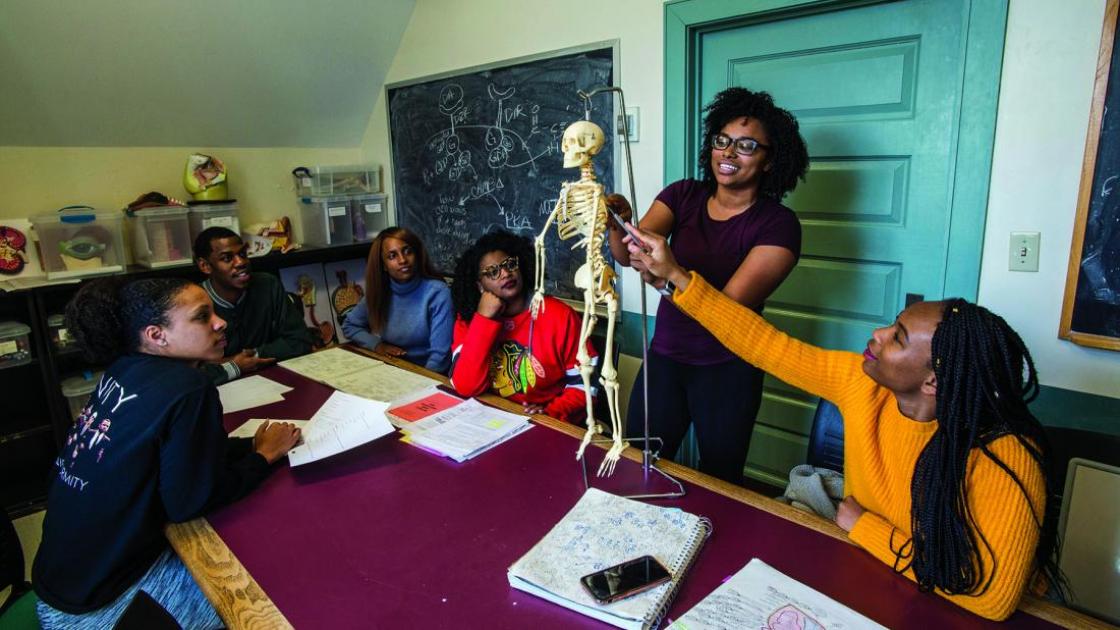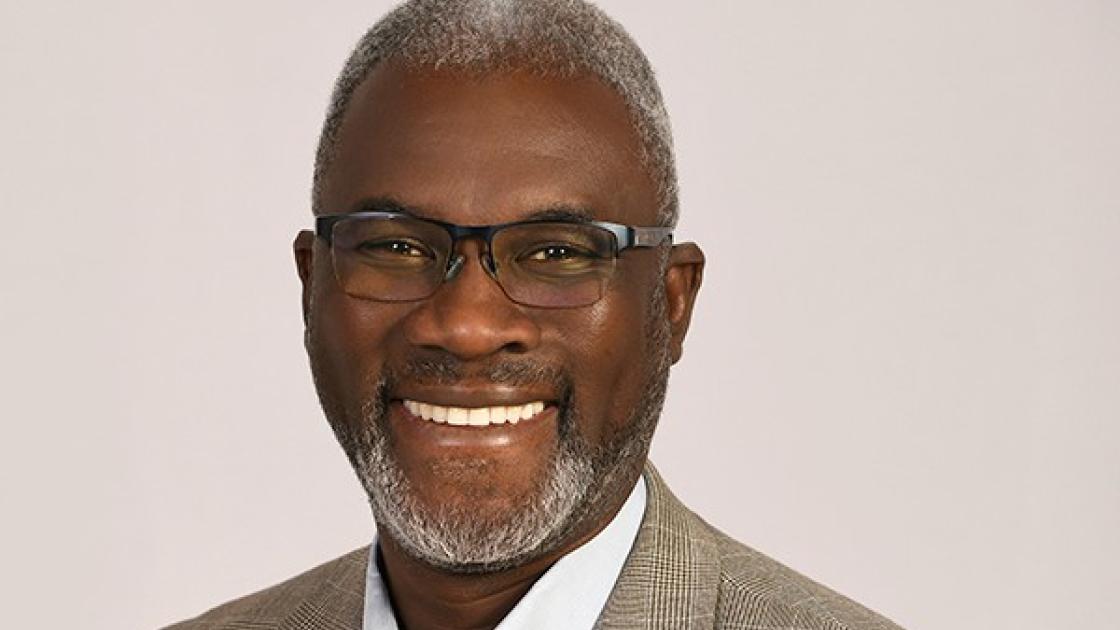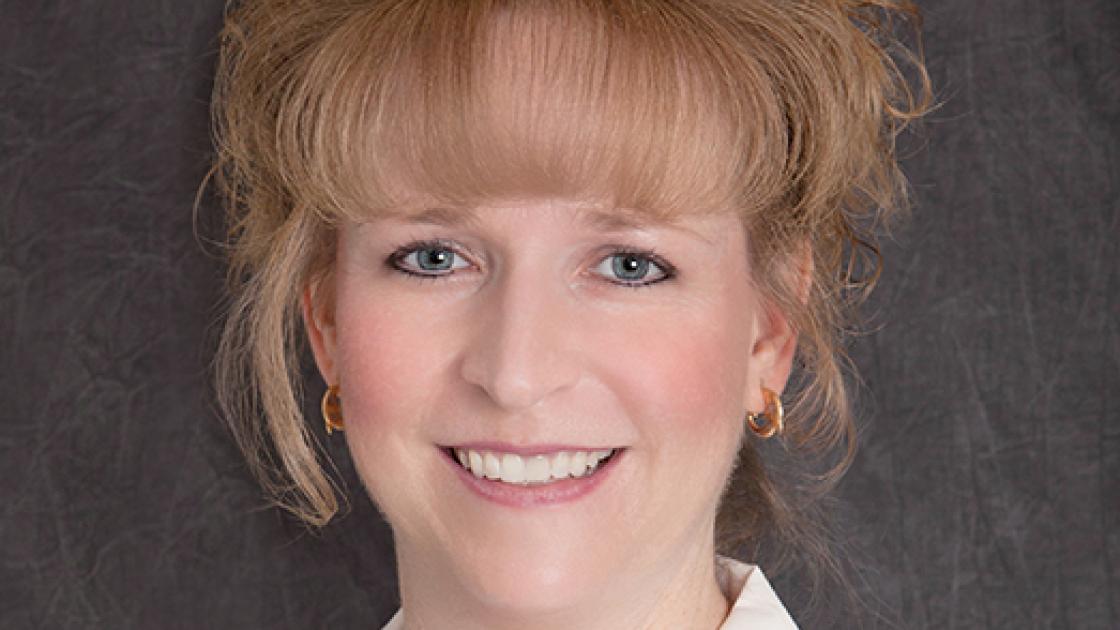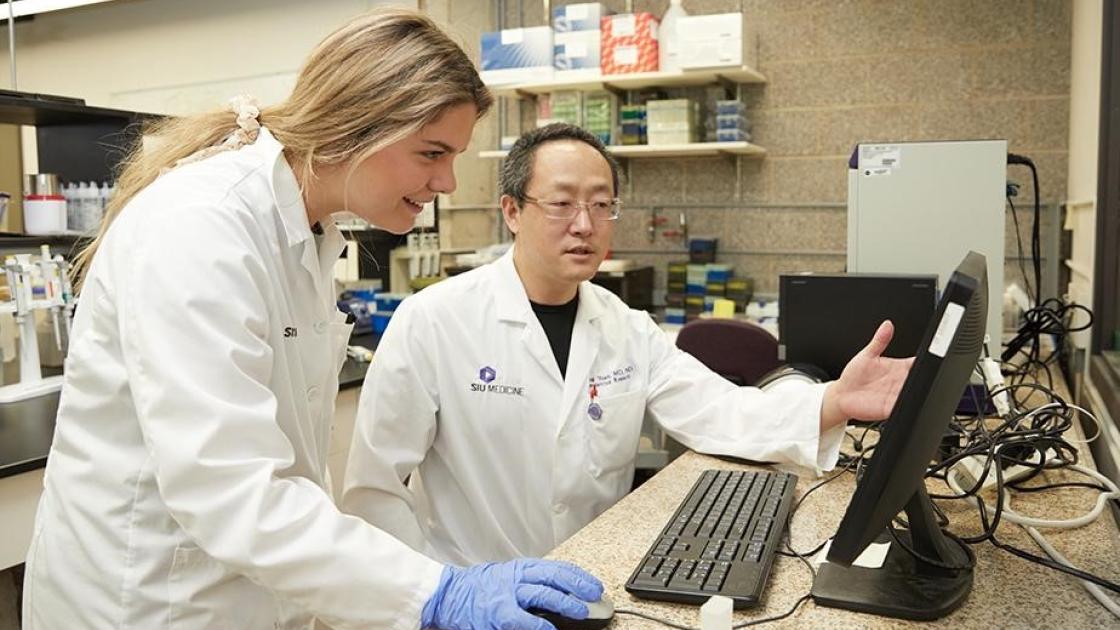
Measuring MEDPREP's Effectiveness
By Steve Sandstrom
After nearly 50 years of operation, how successful is the MEDPREP program in its mission to prepare students for medical professions?
In 2016, Anneke Metz, PhD, interim director of MEDPREP, undertook a study of MEDPREP alumni to measure the program’s effectiveness. Her comprehensive survey tracked the post-graduate careers of 525 disadvantaged or underrepresented MEDPREP students over 15 years. It was published in the medical education journal Teaching and Learning in Medicine Vol. 29, No 3. in 2017. What she discovered was both encouraging and instructive.
More than 250 MEDPREP graduates have received their medical education through SIUSOM in the 45-year history of the program. The program’s alumni include Dr. Wesley Robinson-McNeese (‘86), SIU School of Medicine and now SIU System director for diversity initiatives, and Decatur City Council member Dana Ray, MD (’03). MEDPREP classmates Pierre Johnson, MD, and Maxime Madhere, MD, recently published the book Pulse of Perseverance: Three Black Doctors on Their Journey to Success. Johnson did his OB-GYN residency at SIU. Another standout is Saint Louis University grad Dr. Deidra Crews (’99), an associate professor of nephrology at Johns Hopkins University (see page 9).
Of the 450 students who entered either MD or DO medical schools, 430 (96%) were tracked longitudinally. Of those, 383 (89%) had completed medical school (370) or were on track to do so (13). An additional 47 (11%) did not complete medical school, either for academic or personal reasons. Twelve of the 370 medical school graduates did not enter residency.
Because some come from socio-
economically disadvantaged backgrounds, MEDPREP students are more likely to have seen the impact of health disparities firsthand in their own communities or in their own families. The vast majority (95%) are from races and ethnicities underrepresented in medicine, and many express a strong interest in returning to their home communities to practice.
Often, their desire to serve is born of powerful stories of family members who lacked access to medicine due to geographic location or medical indigence, who faced language or cultural barriers, or who were distrustful of the medical establishment. “Our students may be particularly motivated to work in underserved areas where they see the greatest need,” Dr. Metz says. “They may also be drawn to primary care specialties that provide more opportunities to directly impact the overall health of their communities.”
MEDPREP student Felicia Harmon is one example. Harmon was raised by a single mother who had chronic health issues and suffered from mental health problems. Two brothers got lead poisoning due to poor housing, while other family members suffered from preventable chronic illnesses — diabetes, hypertension and obesity. 
“I feel a fire was lit under me once I recognized how people normalized chronic illnesses in underserved populations,” says Harmon. “I also saw the strong connection between poverty and illness, and I want to pursue a career in medicine, so I can help others understand the importance of living a healthy and prosperous life; not just physically, but emotionally and spiritually.”
Dr. Metz believes it is likely that the high number of MEDPREP alumni who enter primary care specialties and work in underserved communities is a result of the program enabling service-minded students to enter the profession, rather than the program cultivating interests in primary care or service in medically underserved areas.
“MEDPREP students have hard work to do to achieve medical school admission,” says Metz. “Their extraordinary academic leaps within the program and subsequent success as post-graduates indicate that students like these represent an untapped pool of talent worth cultivating.”
The study indicates pipeline programs like MEDPREP can significantly impact the ability of the profession as a whole to meet the medical needs of a diverse population.
“Programs like MEDPREP develop individuals from underserved communities who wouldn’t otherwise become physicians,” she says. “They should be recognized as a critical component of medical education for their ability to contribute to the AAMC-stated goals of a more diverse physician populace.”
Learn more about MEDPREP:
www.siumed.edu/medprep
Read the study: https://bit.ly/2J3lgjw



